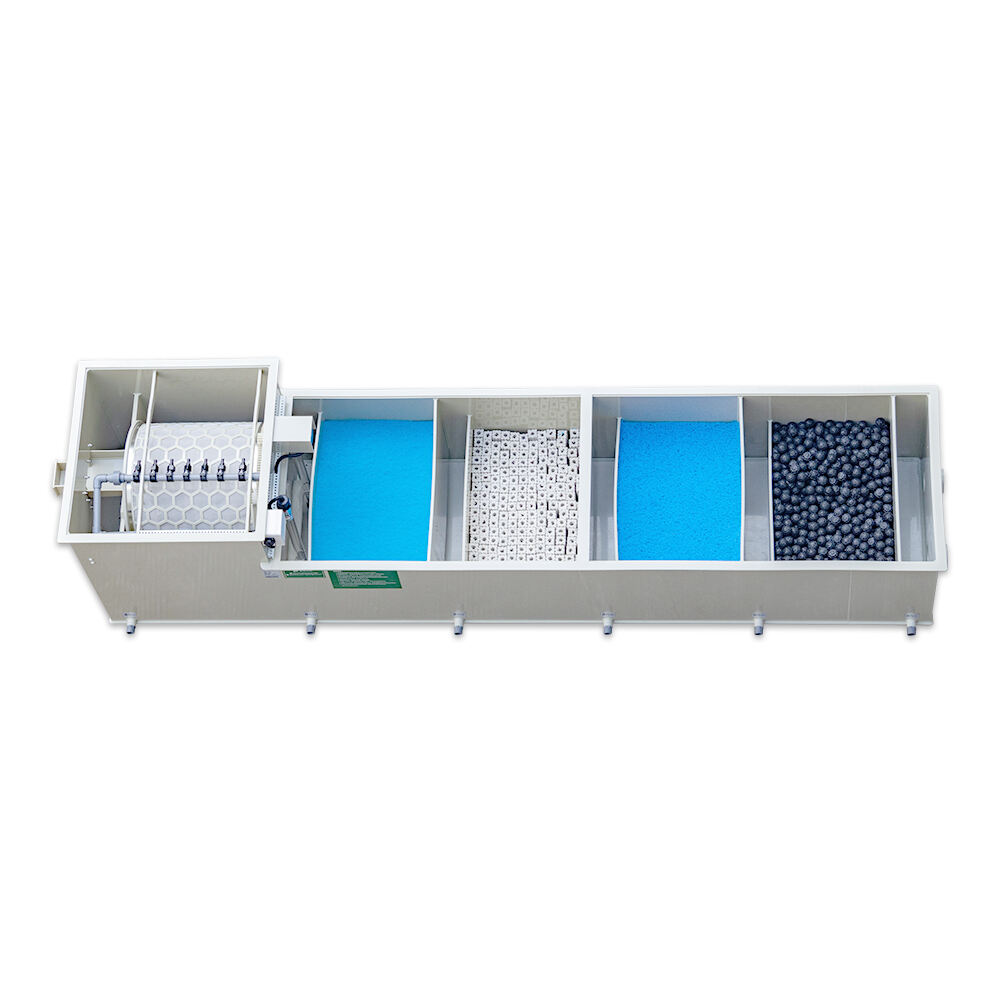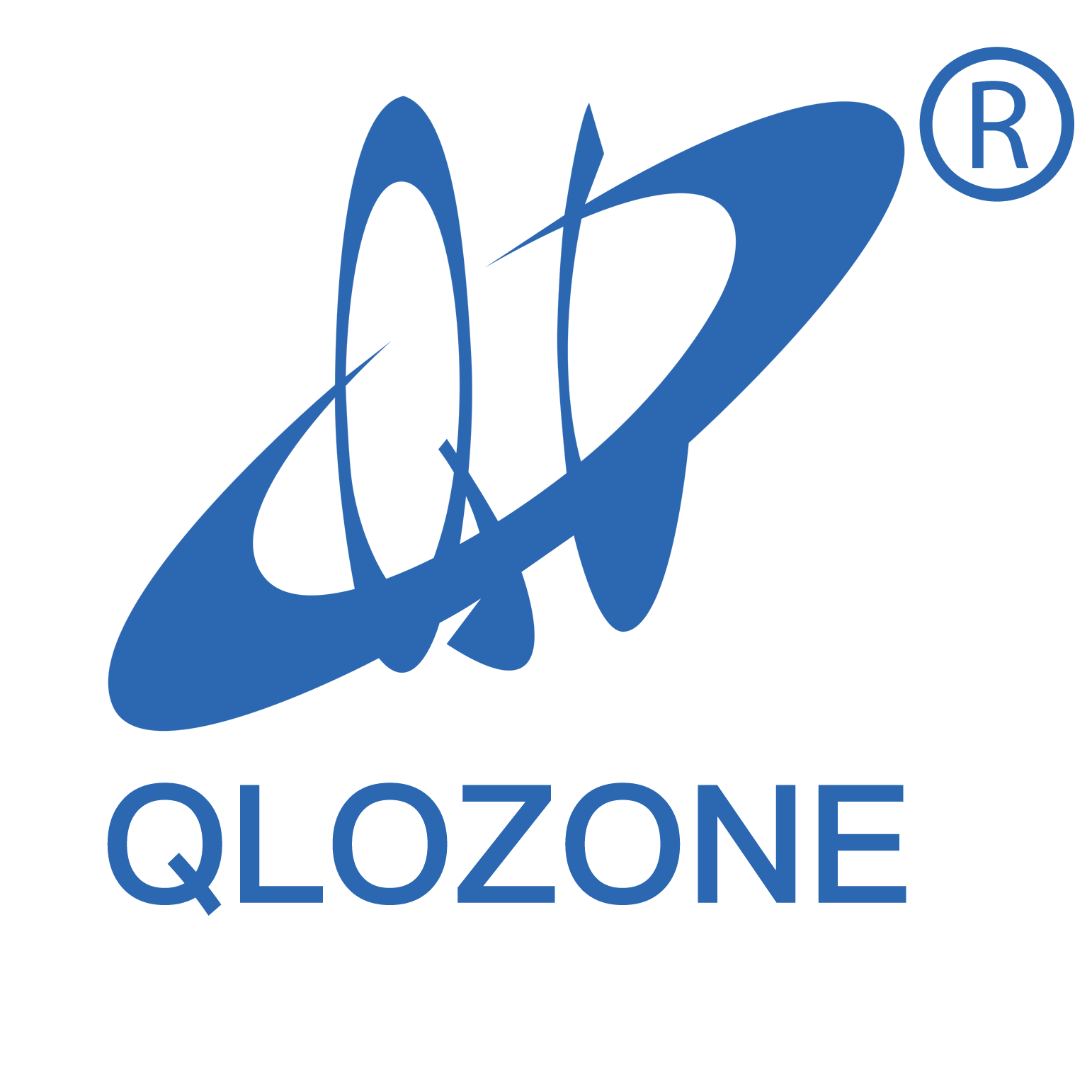Essential Filter Maintenance for a Thriving Koi Ecosystem
A well-maintained koi pond filter system serves as the cornerstone of a healthy aquatic environment for your precious koi. Regular koi pond filter maintenance not only ensures crystal-clear water but also promotes the optimal health and longevity of your fish. Understanding and implementing proper maintenance routines can make the difference between a struggling pond system and a thriving aquatic paradise.
Proper filtration maintenance goes beyond simple cleaning - it's about creating a balanced ecosystem where beneficial bacteria can flourish while removing harmful waste products. This comprehensive guide will explore the essential practices that keep your filtration system operating at peak efficiency throughout the seasons.
Understanding Your Koi Pond Filtration System
Components of an Effective Filter System
A complete koi pond filter system typically consists of multiple stages working in harmony. The mechanical filtration removes physical debris, while biological filtration converts harmful ammonia into less toxic compounds. Understanding each component's role helps establish an effective koi pond filter maintenance schedule.
Modern filtration systems may include pre-filters, mechanical mat filters, biological media chambers, and UV clarifiers. Each component requires specific attention and care to maintain its effectiveness. Regular inspection of these elements ensures early detection of potential issues before they impact water quality.
Signs of Filter System Issues
Recognizing the warning signs of filter problems helps prevent serious complications. Cloudy water, unusual odors, or declining water flow rates often indicate the need for immediate koi pond filter maintenance. Changes in fish behavior, such as gasping at the surface, can also signal filtration problems.
Monitoring water parameters provides objective data about filter performance. Regular testing for ammonia, nitrites, and nitrates helps evaluate the biological filtration efficiency and guides maintenance timing.

Seasonal Maintenance Requirements
Spring Preparation
As temperatures rise, proper koi pond filter maintenance becomes crucial for handling increased fish activity. Spring cleaning should include thorough inspection of all filter media, replacement of worn components, and gradual system restart to protect beneficial bacteria colonies.
During spring startup, clean mechanical filters more frequently to handle the increased debris load from winter dormancy. Biological media should be gently rinsed only if necessary, using pond water to preserve bacterial populations essential for filtration.
Summer Operation Protocols
Summer's higher temperatures and increased feeding schedules demand vigilant koi pond filter maintenance. More frequent cleaning of mechanical components prevents debris accumulation that could compromise water flow and oxygen levels.
Monitor water temperature and adjust feeding accordingly, as this directly impacts the filtration system's workload. Consider adding supplemental aeration during peak summer months to support biological filtration efficiency.
Daily and Weekly Maintenance Tasks
Regular Monitoring Routines
Daily visual inspections help identify potential problems early. Check water flow rates, listen for unusual pump sounds, and observe water clarity. These simple observations often reveal when koi pond filter maintenance is needed.
Weekly tasks include backwashing pressure filters if equipped, cleaning skimmer baskets, and checking pump operation. Maintain a log of these activities to establish patterns and optimize maintenance scheduling.
Cleaning Procedures and Best Practices
Proper cleaning techniques preserve filter efficiency while protecting beneficial bacteria. When performing koi pond filter maintenance, use pond water for rinsing to avoid chlorine exposure to biological media. Clean mechanical filters more frequently than biological components.
Develop a systematic approach to maintenance tasks, ensuring all components receive appropriate attention. Regular cleaning prevents the accumulation of fine particles that can clog media and reduce efficiency.
Advanced Maintenance Strategies
Optimizing Bacterial Colonies
Supporting beneficial bacteria populations enhances biological filtration effectiveness. Consider adding bacterial supplements after major cleaning sessions or during seasonal transitions. Maintain stable water conditions to promote bacterial growth and activity.
Avoid excessive cleaning of biological media, as this can disrupt established bacterial colonies. Instead, focus on maintaining optimal conditions for bacterial function through proper water flow and oxygenation.
System Upgrades and Improvements
Evaluate filtration system performance regularly and consider upgrades when necessary. Adding pre-filters or incorporating more efficient media can reduce maintenance requirements while improving water quality. Modern filtration technologies often offer better performance with lower maintenance demands.
Consider automated monitoring systems to track water parameters and filter performance. These tools can alert you to potential issues before they become serious problems, enabling proactive koi pond filter maintenance.
Frequently Asked Questions
How Often Should I Clean My Koi Pond Filter?
Mechanical filters typically require cleaning every 1-2 weeks, while biological media should only be cleaned when necessary, usually every 3-6 months. However, cleaning frequency depends on factors such as pond size, fish load, and seasonal conditions.
What Are the Signs That My Filter Needs Immediate Attention?
Watch for decreased water flow, cloudy water, unusual odors, or fish showing signs of stress. These indicators suggest the need for prompt koi pond filter maintenance to prevent system failure and protect fish health.
Can I Use Tap Water to Clean Filter Media?
It's best to avoid using tap water for cleaning biological filter media, as chlorine can kill beneficial bacteria. Instead, use water from the pond itself to rinse filter components, preserving the essential bacterial colonies that support proper filtration.
Should I Run My Filter System Year-Round?
In most climates, operating the filtration system year-round is recommended, even during winter months. However, you may reduce flow rates during colder periods when fish activity and feeding decrease. Maintain some water movement to prevent stagnation and ice formation.

